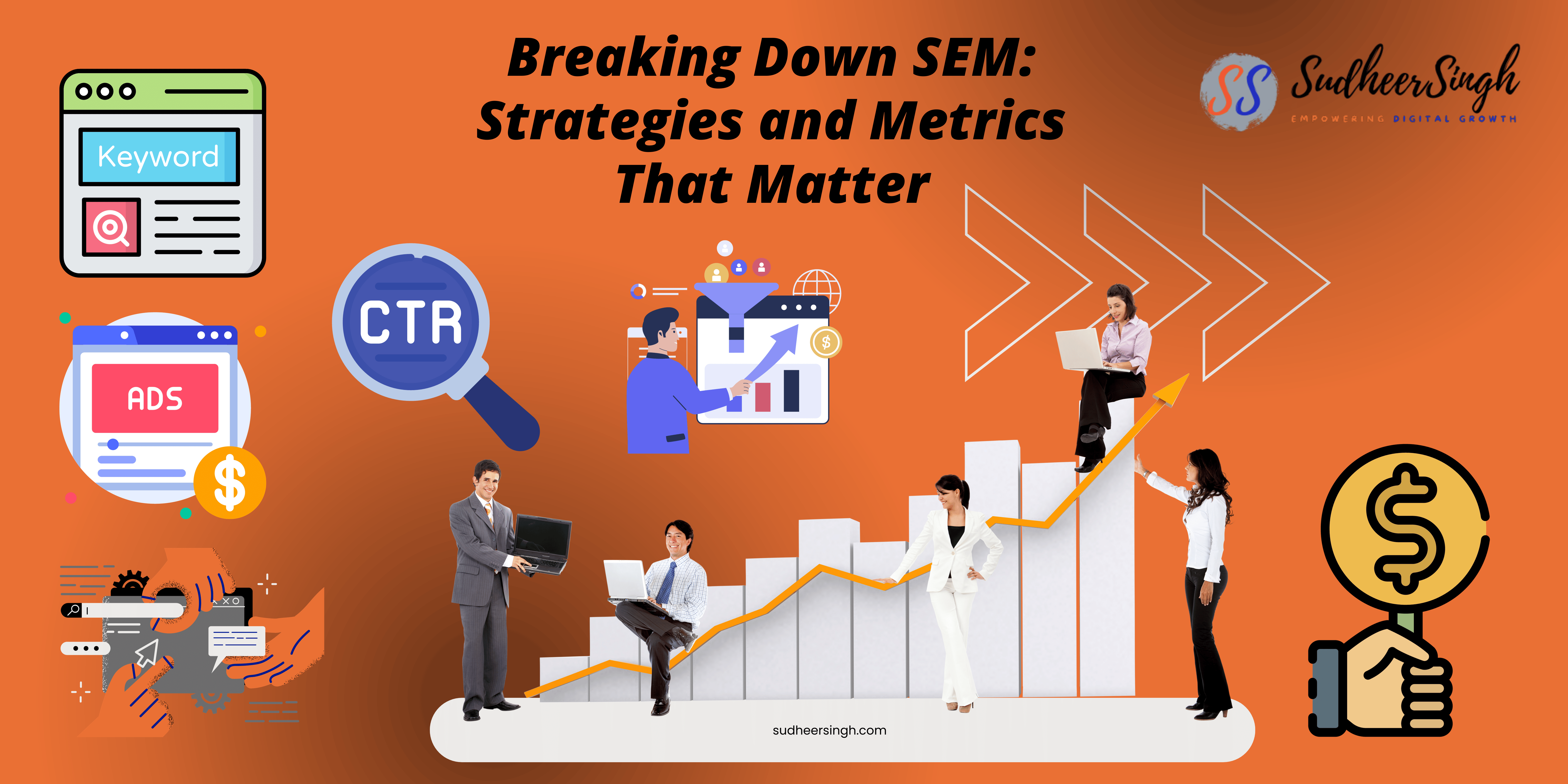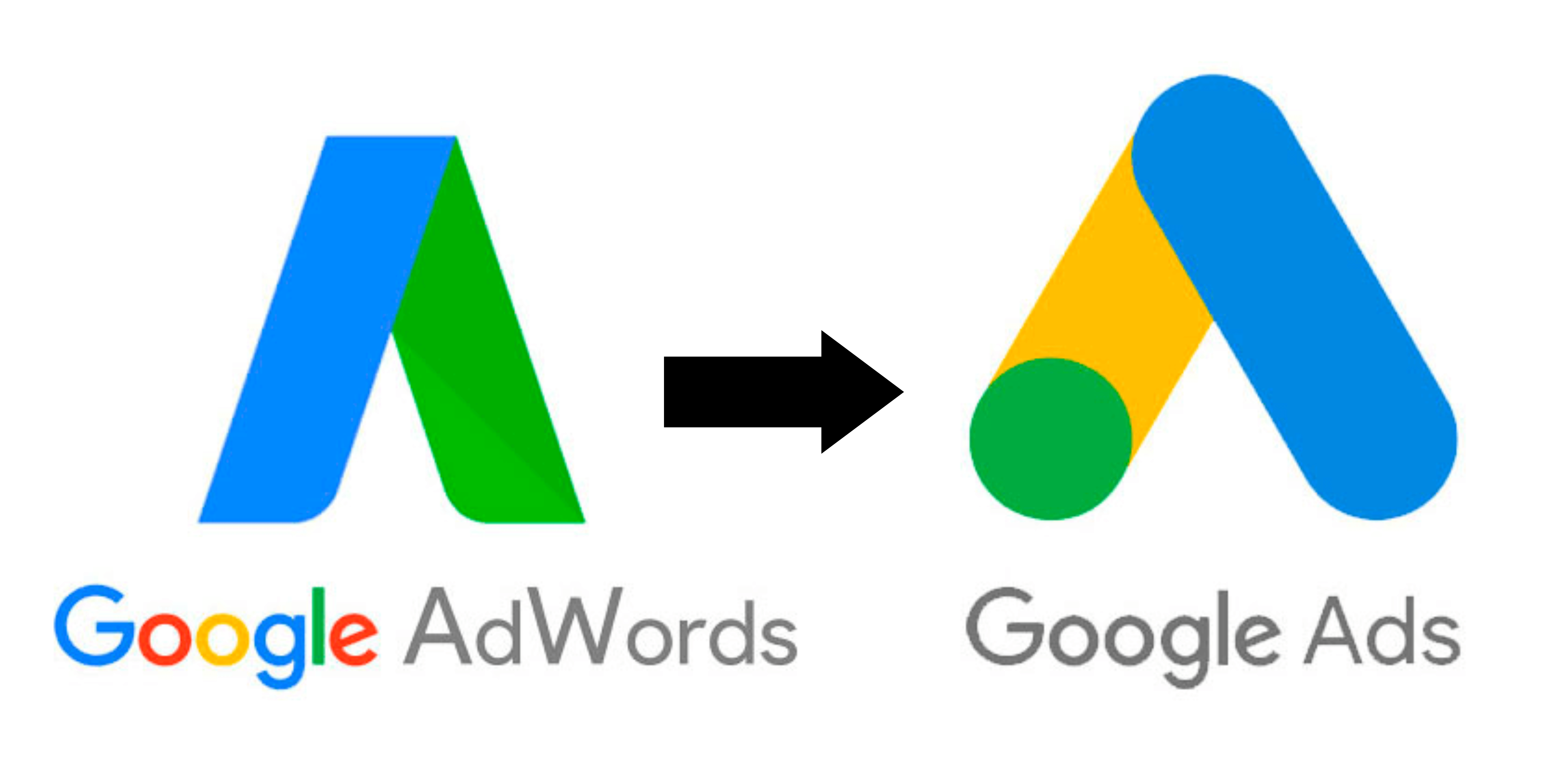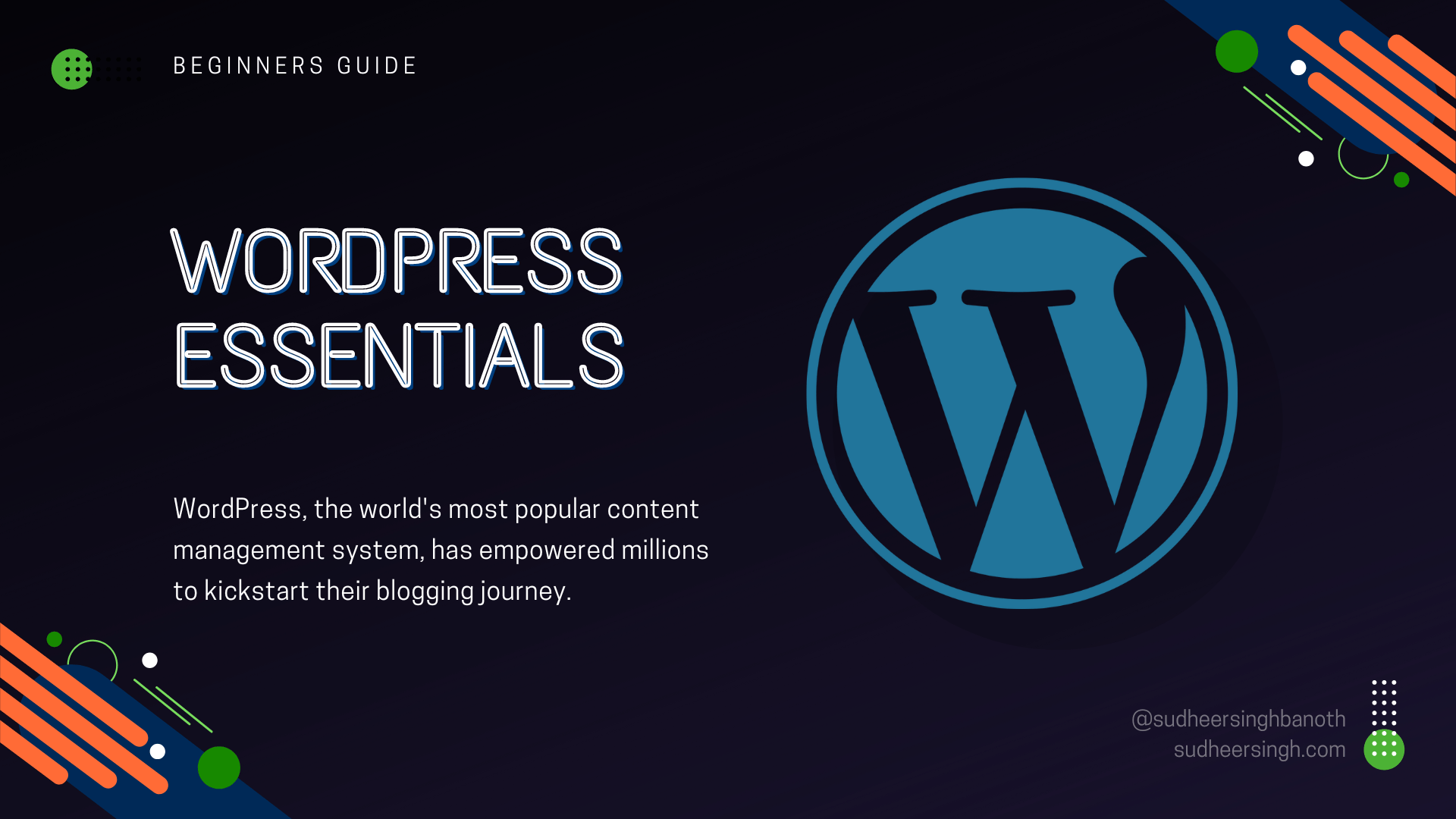SEM Strategies and Metrics

The world of digital marketing is rife with acronyms, but few are as ubiquitous and fundamental as SEM, or Search Engine Marketing. At its essence, SEM refers to strategies that involve promoting websites by increasing their visibility on search engine results pages (SERPs) through paid advertising. As simple as that definition sounds, the universe of SEM is vast and filled with nuance.
In this comprehensive guide, we’ll unpack the intricacies of SEM, the strategies that drive its success, and the key metrics that every marketer should have on their radar.
1. Understanding SEM
Before diving deep, it’s essential to delineate what SEM encompasses. In the past, SEM was an umbrella term that included both paid search activities and SEO (Search Engine Optimization). However, in the modern context, SEM almost exclusively refers to paid search advertising.
2. Platforms in SEM
2.1 Google Ads
The behemoth of the SEM world, Google Ads offers a variety of advertising formats, from text-based search ads to graphic display ads, YouTube video ads, and in-app mobile ads.
2.2 Bing Ads
While Bing doesn’t boast the same vast audience as Google, its ads can still reach a significant portion of the internet users, often at a reduced cost.
2.3 Other Platforms
While Google and Bing dominate the landscape, other search engines and platforms, such as Yahoo and DuckDuckGo, also provide SEM opportunities.
3. SEM Strategies That Make a Difference
3.1 Keyword Research
Identifying the right keywords is foundational to SEM success. Tools like Google’s Keyword Planner or SEMrush can help marketers identify high-volume, relevant terms.
3.2 Ad Copy Excellence
A compelling ad copy can significantly increase CTRs (Click-Through Rates). It should be concise, relevant, and include a clear call-to-action.
3.3 Landing Page Optimization
The journey doesn’t end with a click. The landing page should be relevant to the ad copy, with a clear value proposition and minimal distractions.
3.4 Ad Extensions
Platforms like Google Ads offer ad extensions, such as sitelink extensions, call extensions, and structured snippet extensions. These enhance the visibility and functionality of your ads.
3.5 Bid Management
Deciding how much to bid for keywords is crucial. Bid management tools can help automate this process, but understanding the fundamentals is key.
4. Metrics That Matter in SEM
4.1 Click-Through Rate (CTR)
CTR measures the effectiveness of your ad. It’s calculated by dividing the total number of clicks by the total number of impressions.
4.2 Quality Score
Used by Google Ads, the Quality Score is a metric that combines the relevance of your keywords, the quality of your landing page, and your CTR.
4.3 Cost Per Click (CPC)
CPC is the actual amount you pay for each click in your campaign.
4.4 Conversion Rate
This metric evaluates the effectiveness of your campaign in driving desired actions, be it sign-ups, sales, or other forms of conversion.
4.5 Return on Ad Spend (ROAS)
ROAS evaluates the effectiveness of your ad campaign in generating revenue. It’s calculated by dividing the revenue generated from the ad by the amount spent on the ad.
5. Challenges in SEM and Overcoming Them
5.1 Rising Costs
As more businesses invest in SEM, the costs are soaring. Staying updated with trends, focusing on long-tail keywords, and targeting specific niches can help combat this.
5.2 Ad Blockers
The increasing use of ad blockers poses a challenge. Crafting non-intrusive, valuable ads and diversifying marketing strategies is key.
5.3 Changing Algorithms
Search engines frequently update their algorithms. Staying updated, flexible, and ready to pivot is essential.
6. Conclusion
SEM remains one of the most potent tools in a marketer’s arsenal. However, the landscape is ever-evolving, requiring marketers to stay updated, agile, and open to learning. By focusing on proven strategies and paying attention to essential metrics, businesses can navigate the tumultuous waters of SEM and harness its true potential.



